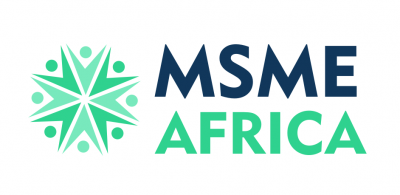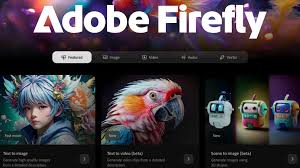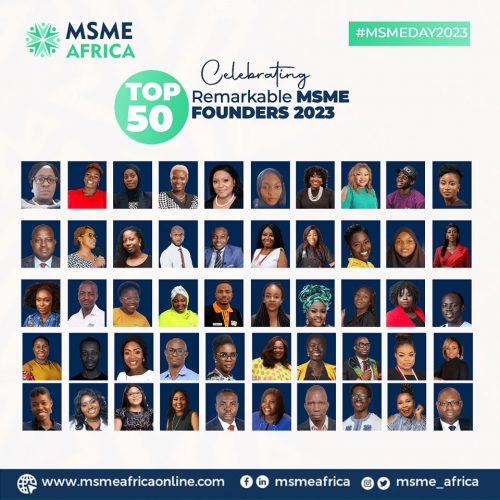Adobe has unveiled its latest innovation in video production with the public beta release of its AI-powered Generate Video tool. This tool, part of Adobe’s Firefly Video Model, allows users to create videos using text prompts and images, offering granular control over various cinematographic elements. The Firefly web app has also been redesigned to enhance user experience and better showcase Adobe’s suite of generative AI tools. To support these new features, Adobe has introduced two subscription plans, the Firefly Standard plan at $9.99 per month and the Firefly Pro plan at $29.99 per month.
The Generate Video tool marks Adobe’s entry into AI-powered end-to-end video generation. Users can specify camera angles, motion, shooting distances, art styles, and other cinematography details, providing granular control over their video projects. Currently, the tool can create five-second-long videos, making it ideal for quick content creation. Adobe plans to enhance the tool further by introducing a 4K model for more advanced production work.
The Firefly web app, initially launched in 2023, has undergone a significant redesign to serve as a central hub for Adobe’s generative AI tools. The new layout makes it easier for users to navigate and find the tools they need. Integration with Creative Cloud apps, such as Photoshop and Premiere Pro, allows users to leverage the power of generative AI directly within their favorite Adobe applications. Adobe emphasizes that its Firefly AI models are trained on datasets from the public domain and licensed content, ensuring that the tools are IP-friendly and safe for commercial use.
To support these new features, Adobe has launched two subscription plans for Firefly users. The Firefly Standard plan is priced at $9.99 per month and offers 2,000 video and audio credits, allowing for up to 20 five-second 1080p video generations. For those needing more resources, the Firefly Pro plan is available for $29.99 per month, providing 7,000 credits and allowing for up to 70 five-second 1080p video generations.
Adobe’s entry into AI-powered video generation comes as the company faces competition from other AI video tools like OpenAI’s Sora and Google’s Veo. Adobe’s primary advantage is that Firefly’s content is trained on public domain and licensed material, reducing copyright issues. The company aims to improve these capabilities with a faster ideation model and a 4K model soon.
In addition to Generate Video, Adobe has introduced two other tools to the Firefly platform, Scene to Image and Translate Audio or Translate Video. While Scene to Image generates professional-quality images based on 3D sketches and reference shapes, the Translate tool allows users to translate audio files and channels in videos into over 20 languages, preserving the original speaker’s voice. These tools are not free and are available through the new subscription plans.
Companies like PepsiCo, Stagwell, and Dentsu are already utilizing Generate Video for various real-world applications, showcasing its practical potential in the industry. With these advancements, Adobe positions itself as a leader in the generative AI space, offering users a more efficient workflow and greater creative possibilities in their projects.
In a related development, Adobe introduced the Content Authenticity web app, a free tool that enables creators to add Content Credentials to their digital work. These credentials act as a nutrition label for digital content, providing secure metadata that allows creators to share information about themselves and their work. This initiative aims to protect creators’ work from unauthorized use and ensure proper attribution. The public beta of the web app will be available in the first quarter of 2025, with plans to integrate it into Creative Cloud apps like Photoshop and Lightroom.










